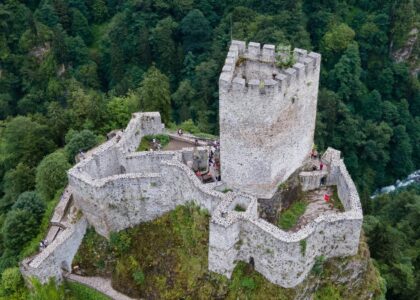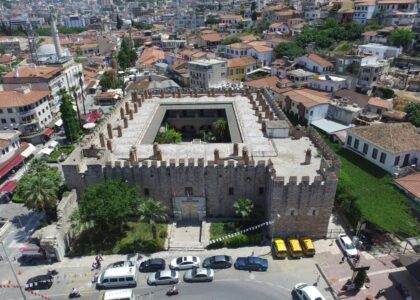The Blue Mosque, officially known as the Sultan Ahmed Mosque, is a spectacular imperial mosque located in Istanbul, Turkey, right across from the Hagia Sophia. Commissioned by Sultan Ahmed I, it was constructed between 1609 and 1616, designed by the architect Sedefkâr Mehmed Ağa, a student of the great Mimar Sinan. The mosque was intended to reassert the glory of the Ottoman Empire following the inconclusive Ottoman-Safavid War.
Its popular name, the Blue Mosque, is derived from the thousands of exquisite, hand-painted İznik tiles that adorn its interior walls. These tiles feature intricate designs of tulips, roses, and geometric patterns, illuminated beautifully by over 260 stained-glass windows, casting a distinctly blue hue across the vast prayer hall.
Architecturally, it represents the culmination of classical Ottoman design, merging Byzantine influences with traditional Islamic elements. A striking feature is its six minarets, an unusual number at the time, which reportedly caused controversy until the Sultan funded the addition of a seventh minaret to the Grand Mosque in Mecca. The mosque’s exterior is characterized by a cascade of domes and semi-domes leading up to the central dome, creating a harmonious silhouette against the Istanbul skyline. Today, it remains a fully functioning mosque and a major global tourist attraction.






